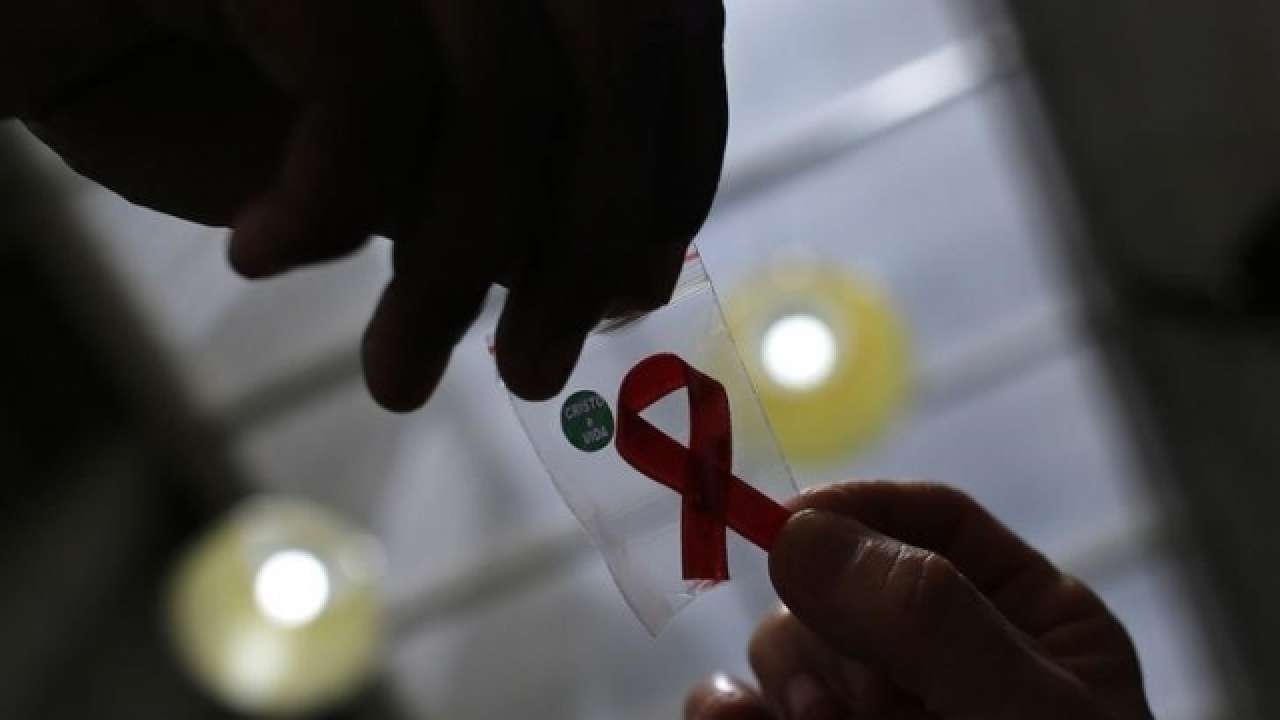Play all audios:
The approach from the Northwestern Medicine scientists allowed the behaviour of individual virions, infectious particles, to be connected to infectivity. A new method of tracking HIV
infection discovered by a team of researchers could lead to the development of novel therapies. The approach from the Northwestern Medicine scientists allowed the behaviour of individual
virions, infectious particles, to be connected to infectivity. It has become routine to visualize the movement and progression of individual virions in cells, but the relevance of these
observations was previously unclear, as many virions are defective or do not progress to make further copies of themselves. "This approach and the ability to say 'that virion
infected that cell' will help bring clarity to the field," said principal investigator Thomas Hope. "It allows us to understand what the virus really needs to do to infect a
cell. It gives us new details, like where in the cell it happens and the timing of specific events. The more we know about the virus, the better our chances are to stop it." During the
course of infection, HIV fuses onto a target immune cell and delivers its capsid, a cone that holds the genetic material of the virus, into the cell's cytoplasm. From there, the capsid
disassembles through a process called "uncoating," which is crucial to the synthesis of viral DNA from its RNA genome and the hijacking of the cell's functions. But the
specific details of uncoating have been controversial, with two groups of thought. One believed that uncoating takes place late at pores, allowing factors to enter the nucleus. A second camp
showed data suggesting that uncoating takes place early and in the cytoplasm. In part, the uncertainty persisted because previous methods in HIV research have been unable to distinguish
between viral particles that actually lead to infection of the cell, and those that are irrelevant. In the current study, the team of scientists used a novel live-cell fluorescent imaging
system that allowed them for the first time to identify individual particles associated with infection. In this case, they utilized the approach to monitor how the HIV capsid uncoats in the
cell at the individual particle level. They demonstrated that uncoating leading to infection occurs early in the cytoplasm, around 30 minutes after cell fusion. The finding is just one
example of novel discoveries about HIV that might now be possible with the imaging system. The study has implications in the wider field of virology research as well. "Theoretically,
you could apply this technique to the study of any fluorescently-tagged virus," explained first author Jo'o Mamede. The paper is published in Proceedings of the National Academy of
Sciences.

